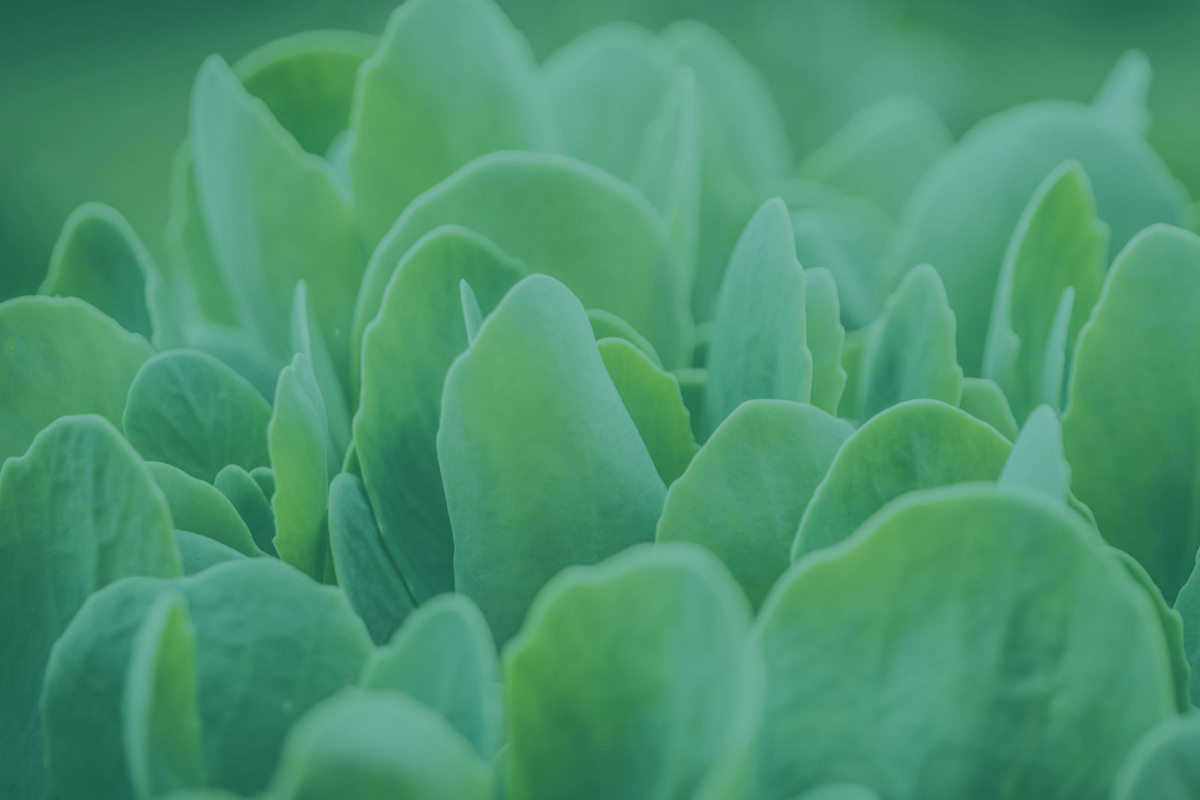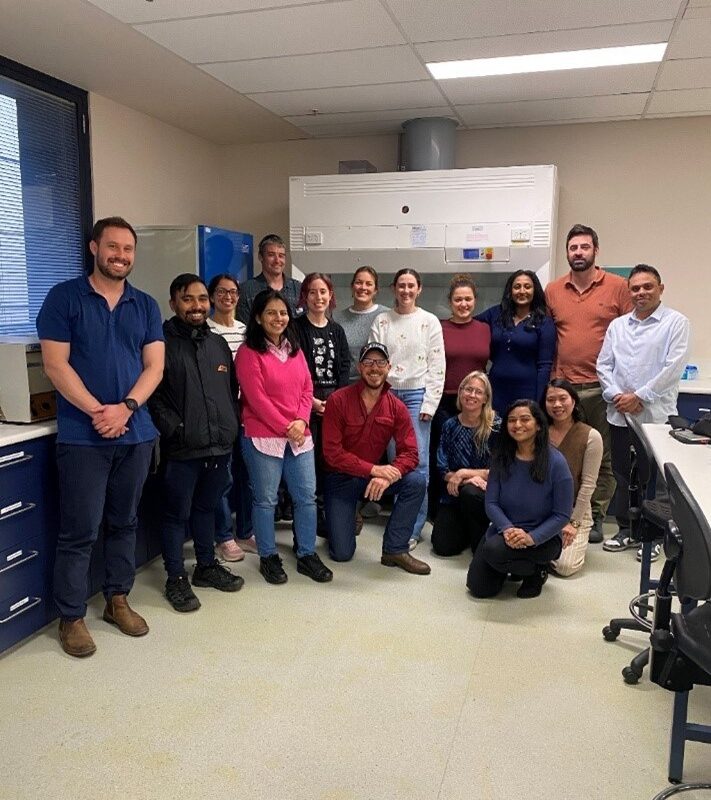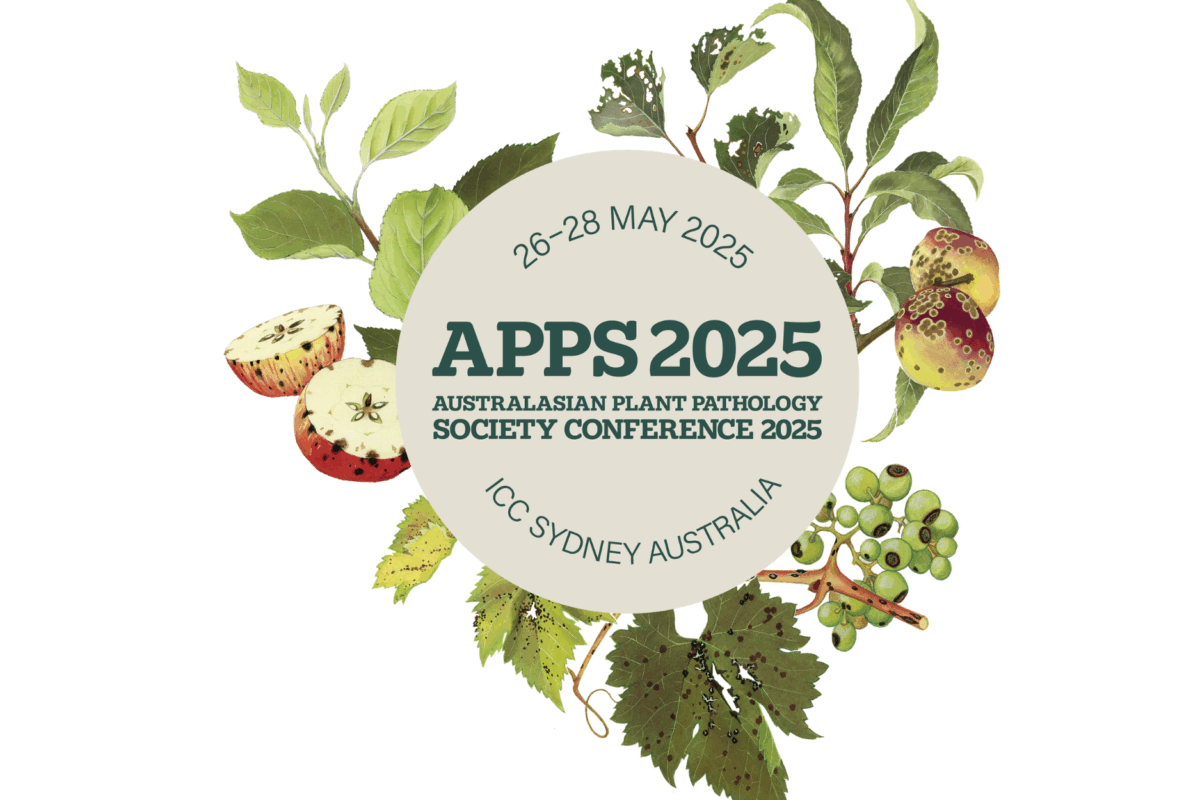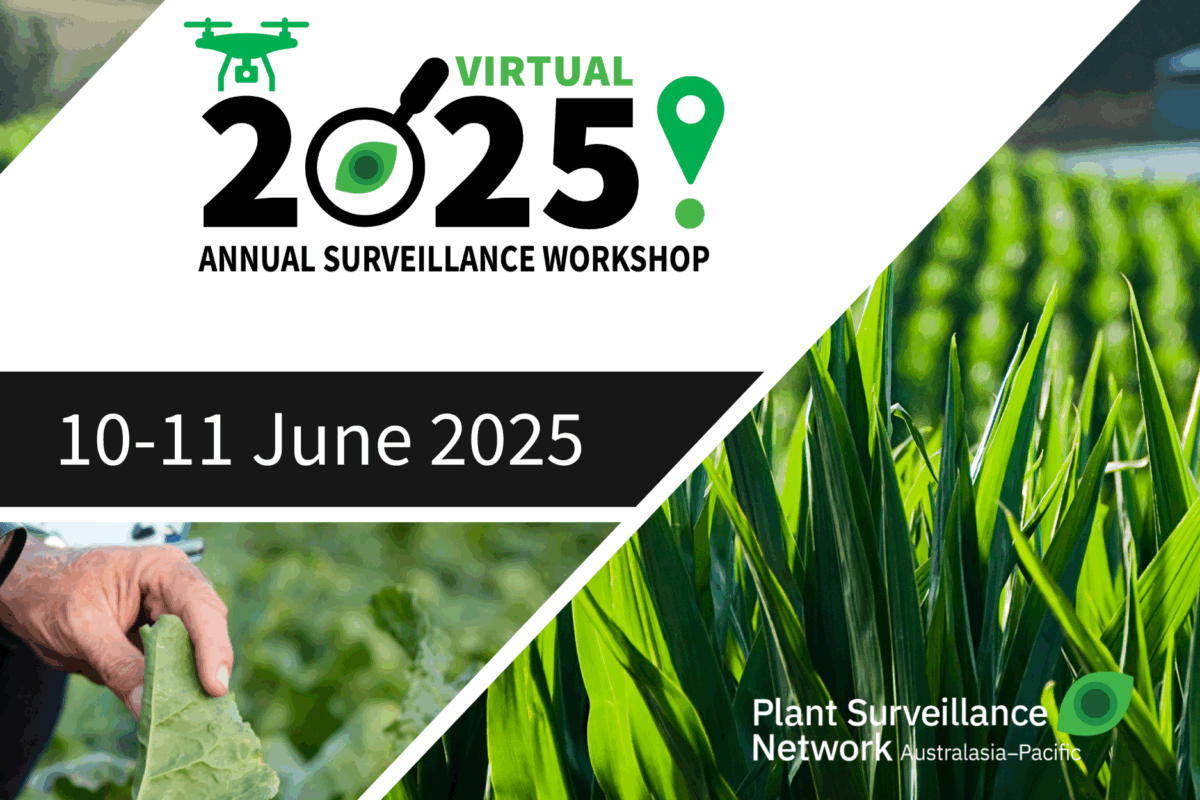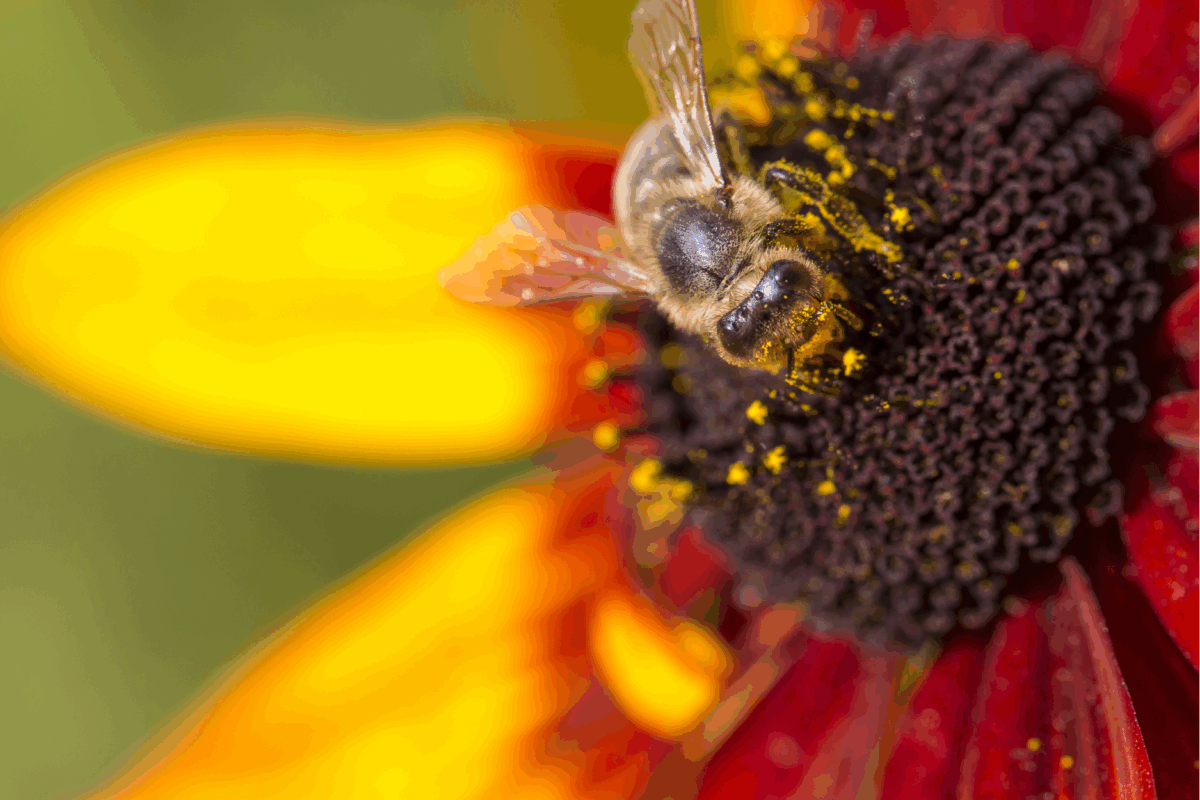Happy Birthday PHA! 21 years of improving national biosecurity outcomes
April 2021 marks 21 years of improving national biosecurity outcomes through partnerships for Plant Health Australia (PHA). To celebrate this milestone, we cast our eye back on the lifetime of the company and the shared partnerships and member support that has contributed to the success of PHA.
PHA was established in the year 2000, with the long-term goal of developing and maintaining an internationally outstanding plant health management system for Australia by improving the nation’s plant health status and the sustainability and profitability of plant industries. From small beginnings to 21 years later, PHA is the national coordinator of the government–industry partnership for plant biosecurity in Australia. With a reputation for excellence and professionalism, PHA has been bringing together plant industries and governments to share responsibility around biosecurity, joining forces to address the threats and work together to prevent their arrival.
Under guidance of its first Chairperson, Andrew Inglis, the company was tasked with identifying national priorities in plant health management, reviewing existing plant health systems, structures and programs, consulting members on issues of concern to establish effective operating procedures. The key achievements in the first year of operation included the recruitment of a management team led by PHA’s inaugural CEO, Neil Fisher, development of corporate and annual operational plans, and securing funding through a Commonwealth Budget Initiative. The initial membership base including the Australian Government and all state and territory governments, grew from 16 to 23 members in the first 14 months – a clear sign of goodwill and confidence of the national benefits that could be achieved through working alongside each other.
2001 brought consolidation of past work, implementing projects to resolve identified gaps and improve coordination and consistency of the national plant health system. 2001 also marked the launch of the PHA website and a growth in staff numbers to eight full-time positions – including the appointment of long-serving employee Mr Rodney Turner, who remains with the company today. The introduction of the Plant Health Australia (Plant Industries) Funding Act 2002 gave plant industry members the choice of using a levy mechanism to meet their yearly membership subscriptions. In the same year, PHA launched the Australian Plant Pest Database (APPD) with 46,000 pest records.
In the following three years, PHA focused on progressing the ratification of the world-first Emergency Plant Pest Response Deed (EPPRD), a more effective and transparent means to manage and reduce the cost of emergency plant pests, and a crucial component of a world-class plant health system based on partnerships. Ratification of the EPPRD was achieved in 2005 with the Australian Government, four state governments and twelve plant industry members as signatories and signified the collective effort to create the world’s most progressive plant health partnership arrangement between government and industry. Another major milestone in this period was the production of PLANTPLAN, the first nationally consistent emergency response plan for emergency plant pests and the appointment of a new CEO, Lindy Hyam.
The first decade of the millennium was characterised by tough conditions for producers with persistent drought conditions, water allocations drying up, and challenging trade conditions. The mid-noughties also saw the first application of the EPPRD in the first nationally funded response and successful plant pest eradication of Khapra beetle in Western Australia. The late-noughties saw the appointment of PHA’s second Chairperson, Dr Tony Gregson, and third CEO, Greg Fraser.
Beyond the EPPRD, PHA continued to work with members in the areas of surveillance, diagnostics, biosecurity planning, contingency planning, risk mitigation, capacity building and information systems. Highlights from this period include the publication of the National Plant Health Status Report – a valuable reference manual containing input from all key plant biosecurity stakeholders for those interested in Australia’s plant health system, aiding in building international and local consumer confidence in our pest-free produce status. The development of the National Plant Health Strategy and the National Fruit Fly Strategy were also landmark initiatives to safeguard Australia’s competitive advantage and market access.
In the 2010s, PHA continued its focus on mitigating risks of post-border biosecurity and reducing the impact of pests through improved national response capability. While celebrating 10 years of building partnerships, collaborative approaches and shared responsibility, PHA concentrated on innovative approaches and prudent financial management in order to drive action to improve policy, practice and performance of the plant biosecurity system. With 49 members, 37 EPPRD signatories and 28 staff, PHA welcomed a new Chairperson, Darral Ashton, and delivered a significant amount of project work. During this time, PHA also strengthened its strategic alliance with Animal Health Australia through the Farm Biosecurity Program, EPPRD training and response exercises so that, where possible, both companies were leveraging synergies and having consistent approaches.
The next decade saw increased activity under the EPPRD with a five-year review revealing a high level of confidence in and the value placed on the EPPRD, by members and signatories. The launch of the National Plant Biosecurity Strategy (underpinned by the Intergovernmental Agreement on Biosecurity) mapped the way ahead for Australia’s plant biosecurity system until 2020 – the first national blueprint for building a better, coordinated national plant biosecurity system capable of rising to the expected challenges in the next 10 years. Governments at the state and commonwealth level invested in either new biosecurity legislation or updates to their existing legislation, and plant biosecurity research capacity, signaling a growing awareness of the importance of biosecurity.
Milestones from this period included:
- a new Chairperson, Steve McCutcheon
- the development of the Plant Biosecurity Research, Development and Extension Strategy (a framework guiding plant biosecurity research in Australia)
- consulting on the development of New Zealand’s Government Industry Agreement Deed
- addressing the World Bank’s Global Agriculture and Food Security program in Washington DC
- completion of AUSPestCheck®, the national surveillance virtual coordination centre hosting over 2 million records of surveillance checks.
PHA entered 2020 with 59 members, 48 EPPRD signatories and 35 staff. In 2020, PHA welcomed a new CEO, Sarah Corcoran, and under her leadership focus has been on the development of a new five-year strategic plan.
“Our new strategic plan will deliver on priorities for plant health, manage transitions and change and provide the foundation for long-term agricultural, economic and biosecurity outcomes for Australia,” said current CEO, Sarah Corcoran.
Quotes
Ms Sarah Corcoran, CEO
“Our new strategic plan will deliver on priorities for plant health, manage transitions and change and provide the foundation for long-term agricultural, economic and biosecurity outcomes for Australia.”
Dr Susanna Driessen, General Manager Emergency Response
“Just as our membership has grown, so has the breadth of the industries committed to the partnership arrangements embodied in the EPPRD. 21 years later PHA remains the custodian of the EPPRD which currently has 48 signatories and continues to deliver a nationally consistent approach to incursion management in Australia.”
Mr Rodney Turner, General Manager Partnerships
“In the early 2000s the funding from the Australian Government was vital in not only enabling the work needed to enhance the plant biosecurity system but was key in growing our staff numbers to support this work.”
Mr Steve McCutcheon, Chairperson
“System improvements, policy changes, increased capability and lessons learnt from hands-on experience and challenges, means that as a country, we are in a better place to deal with plant pest inclusions than we were 21 years ago.”
Mr Michael Milne, Company Secretary and Chief Financial Officer
“It has been a privilege to engage, collaborate and partner with a member base that is passionate about improving the Australian plant biosecurity system.”
